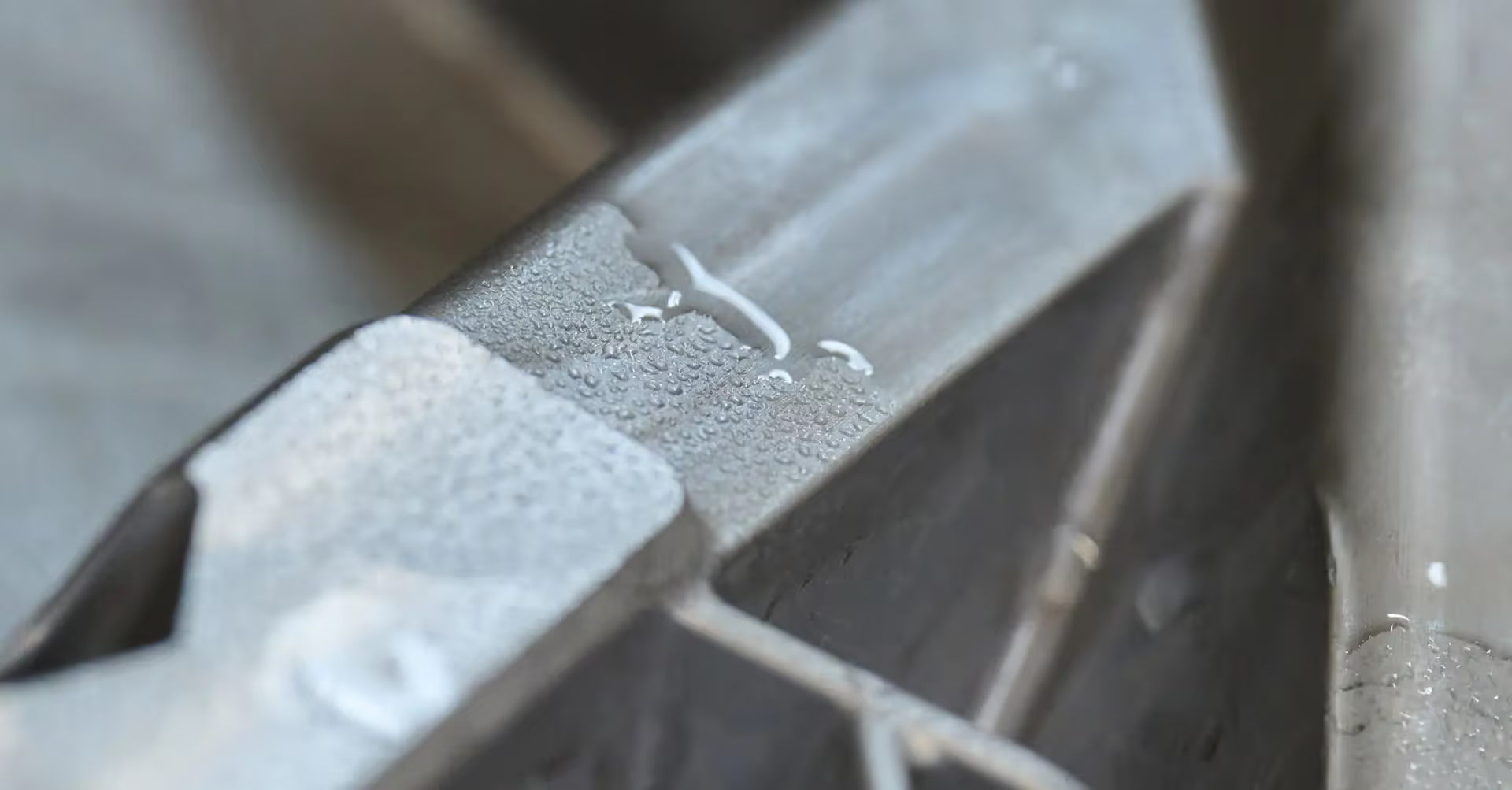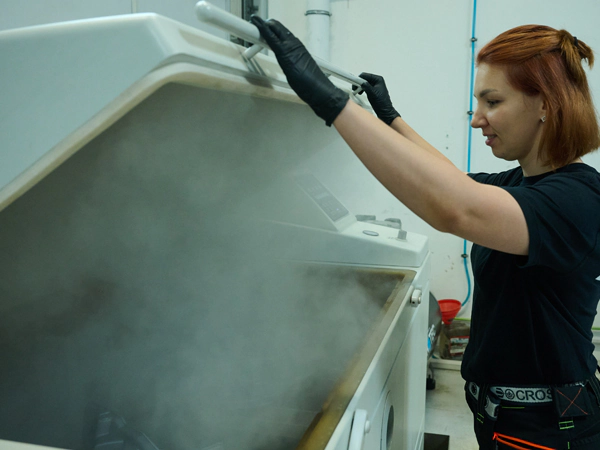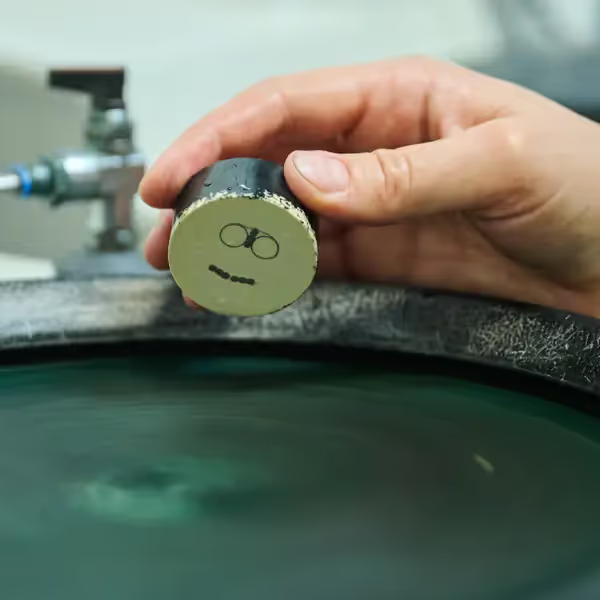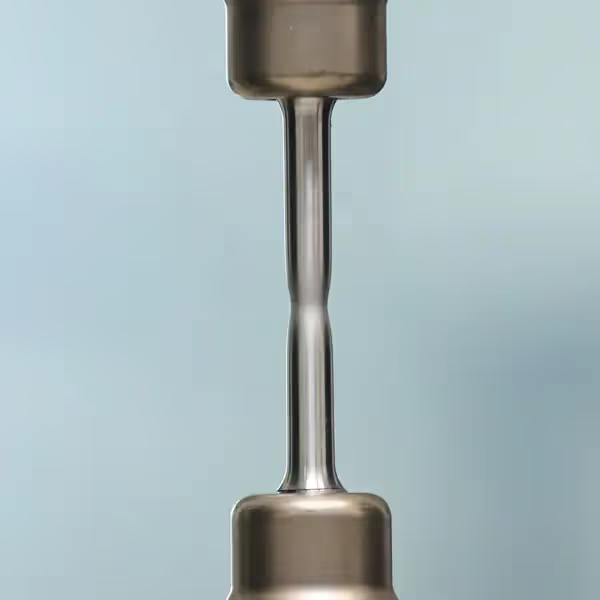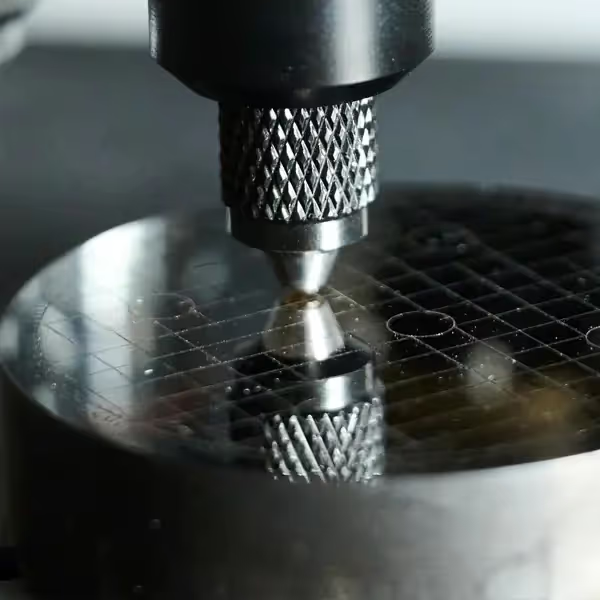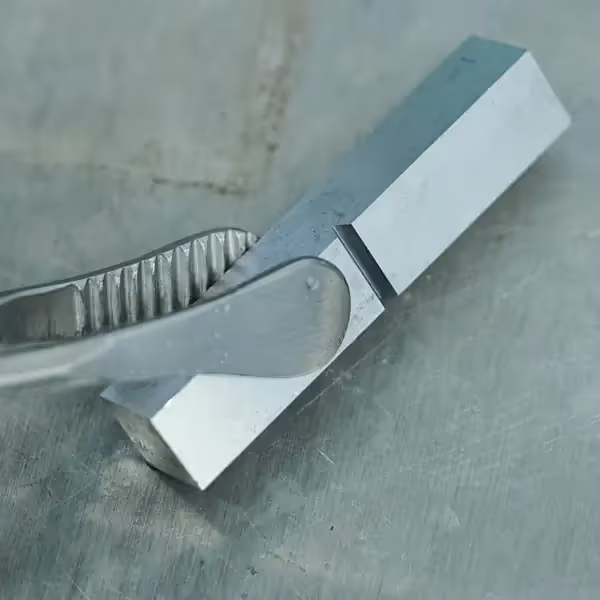In the salt spray test (also salt spray chamber test, corrosion test), a NaCl solution generates a corrosion-promoting mist inside a test chamber. Under defined conditions (concentration, temperature, pH value, pressure), a reproducible environment is created that accelerates corrosion and allows assessment of corrosion resistance.
With testing according to DIN EN ISO 9227 (NSS), we evaluate metals, coated components, and assemblies. Typical test durations are 24 h, 96 h, 240 h, 480 h, 720 h or longer – depending on requirements and specifications.
Our Services
- Corrosion testing of metals & coatings
- Test duration as per customer specification
- Photo documentation & digital test report
- Additional procedures: metallography, tensile test, hardness testing, impact bending test
Setup & Test Parameters (NSS)
- pH value: 6.5 – 7.2
- NaCl concentration: 50 ± 5 g/l
- Temperature in chamber: 35 °C ± 2 °C
- Overpressure at nozzle: 0.7 – 1.4 bar
- Sample arrangement: freely standing, no contact/dripping on other parts
After the test is completed, the samples are rinsed with deionized water, visually inspected, and the corrosion degree is recorded. You receive the digital test report by email.

